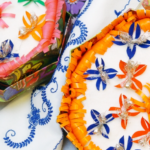The best places in Aveiro to see azulejos and enjoy the city
These small pieces of pottery tell the city’s story.
Discover your connection to the sea and other cities. Take a city tour, examine the tiles, and appreciate the diverse cultural influences on Aveiro and Portugal. Stroll through Aveiro’s streets and canals, and fall in love with what is known as the Venice of Portugal.

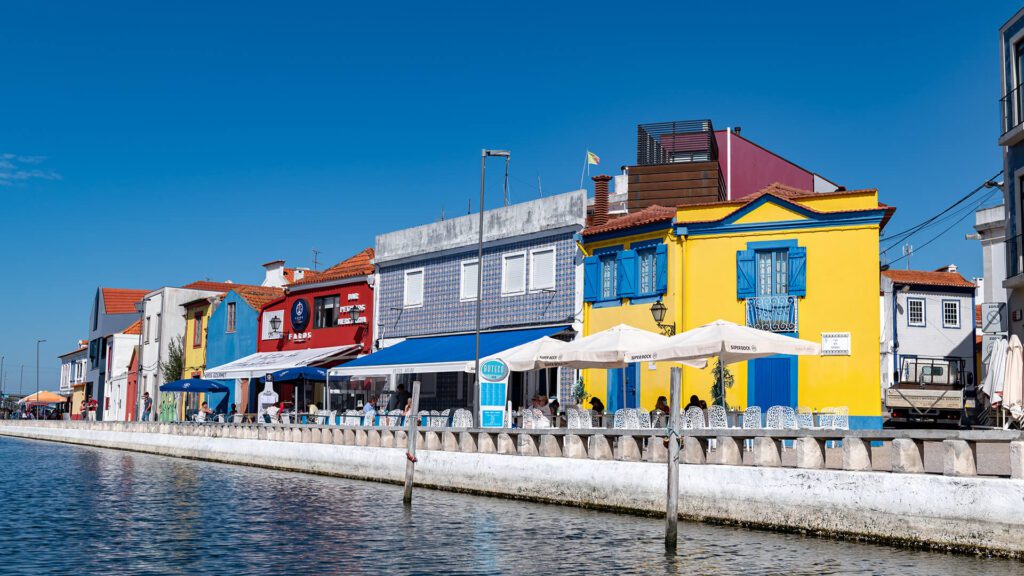
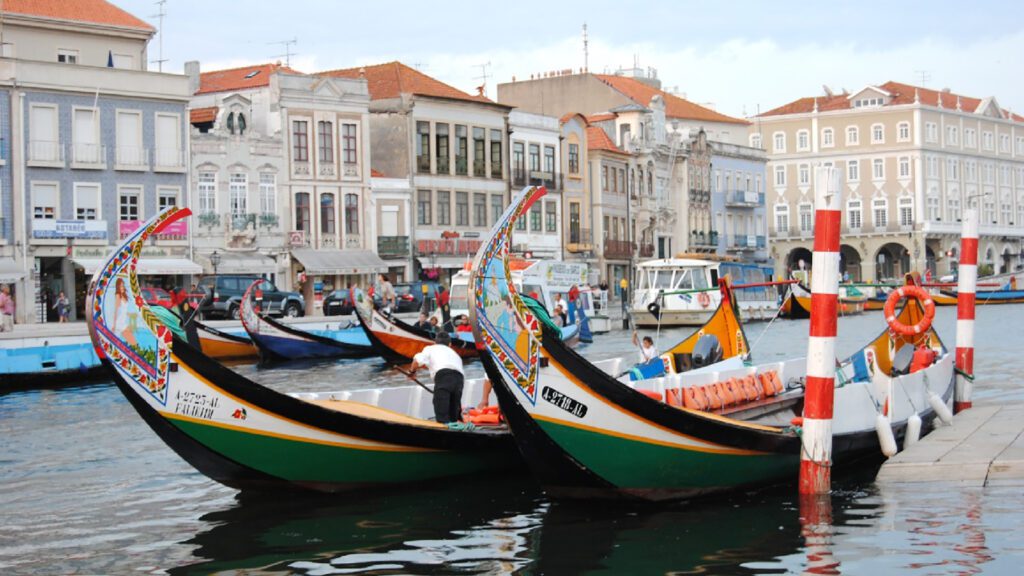
Aveiro Tile Heritage
The Train Station is a must-see, whether you arrive by train or another mode of transportation. It showcases some of the most beautiful Portuguese tiles, dating back to 1916. Created by Francisco Pereira and Licínio Pinto, these tiles from Fábrica da Fonte Nova in Aveiro depict traditional regional life, including fishing and salt harvesting.
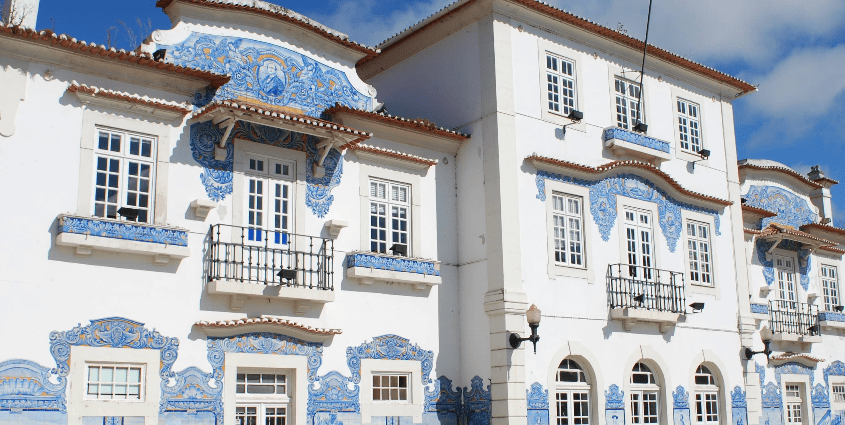
The Cathedral of Aveiro
The pottery industry in Aveiro began in the 16th century, near the current Cathedral. The “Bairro dos Oleiros” housed the potters’ families and eventually extended to Avenida 25 de Abril, formerly known as “Travessa da Olaria.” The Church of S. Domingos, now the Cathedral of Aveiro, served as the potters’ place of worship. Designated a Property of Public Interest since 1996, the Cathedral features 18th-century tiles. The right side shows a panorama of Osma, Spain, and the left side depicts Bologna, Italy.
Museum of Aveiro/Santa Joana and the Tomb of the Princess
Close to the Cathedral is the Aveiro Museum, located in the former Convent of Jesus since 1911. It houses a fantastic collection of paintings, sculptures, carvings, jewelry, and tiles. The Church of Jesus within the museum is a prime example of Baroque decoration, featuring gilded woodwork and Portuguese tiles. Don’t miss the tomb of Saint Joan the Princess, a Baroque masterpiece in multicolored marble, designed by royal architect João Antunes.
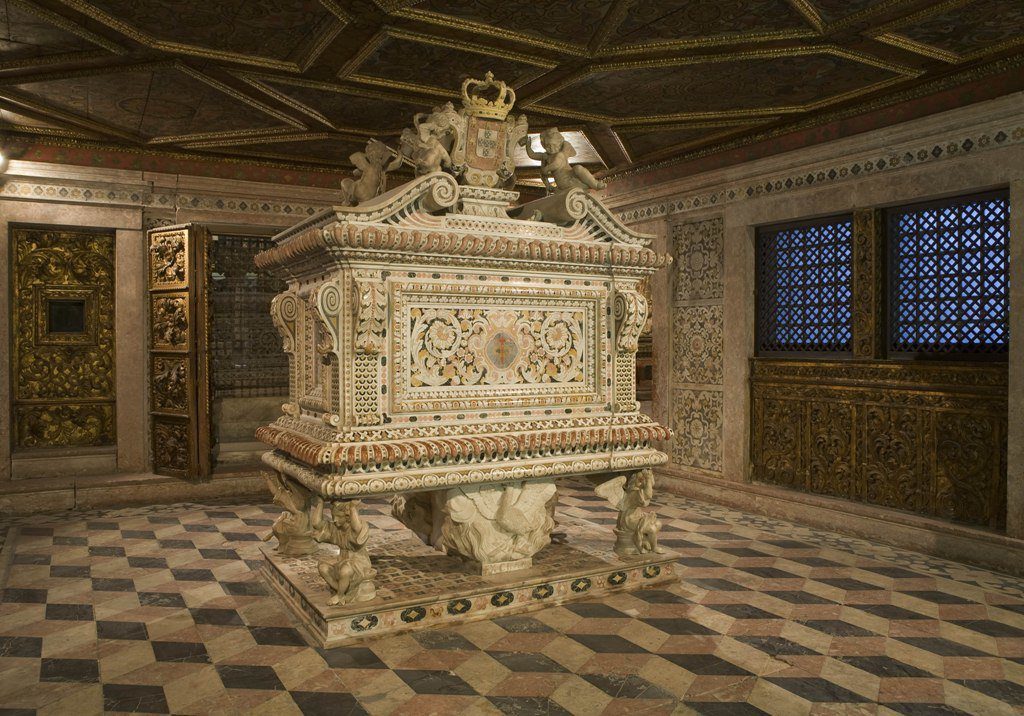
The House of Santa Zita
On Rua dos Combatentes da Grande Guerra, the Casa de Santa Zita (Palacete Visconde da Granja) stands out with its neoclassical façade covered in tiles. These tiles, from the Fonte Nova Factory and signed by Licínio Pinto, reflect a trend imported from Brazil. Emigrants (“Brazilians”) popularized the use of exterior tiles as a status symbol, leading to the creation of the first tile industries in Aveiro and northern Portugal.
The Church of Misericórdia de Aveiro
Classified as a Property of Public Interest since 1974, the Church of Misericórdia de Aveiro is the second building with a tiled façade after the Casa dos Arcos. The blue and white tiles from 1867 adorn the pediment, while the interior features 17th-century polychrome tiles. The chancel boasts rare and beautiful Portuguese tiles.
João Mendonça Street and the Art Nouveau buildings
Rua João Mendonça showcases Art Nouveau tiles from the early 20th century. Visit the Municipal Tourist Office for tips, and explore traditional houses like Casa dos Ovos-moles “A Barrica.” Discover colorful tile panels by Licínio Pinto at the Casa/Museu de Arte Nova and the Casa da Arte Nova, a notable example of Aveiro’s architecture.
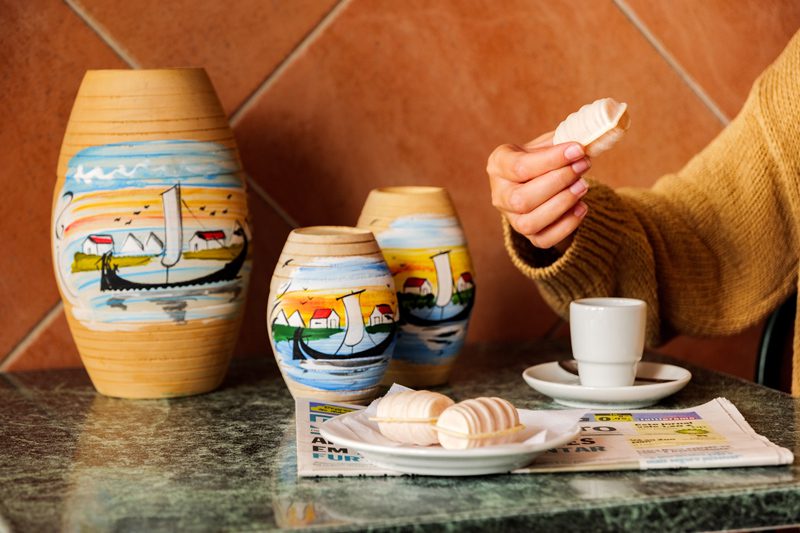
The House of Arches
The Casa dos Arcos, the first building in Aveiro covered in tiles in 1857, now serves as a public building housing the Municipal Assembly. Its façade features motifs related to the sea, highlighting the city’s maritime tradition.
The Ria de Aveiro
The Ria, a navigable channel, was crucial for the tile industry’s success, facilitating transportation and export. Enjoy a ride on the traditional “Moliceiro” boats to learn more about Aveiro’s history, including its Beira-Mar neighborhood.
The Ria de Aveiro
The Ria, a navigable channel, was crucial for the tile industry’s success, facilitating transportation and export. Enjoy a ride on the traditional “Moliceiro” boats to learn more about Aveiro’s history, including its Beira-Mar neighborhood.

Cultural and Congress Center
The Cultural and Congress Center of Aveiro, formerly the Fábrica Jerónimo Pereira, is a key element of the city. Aveiro’s rich clay soil has long associated it with ceramics. Visit these places to observe the city’s remarkable tile tradition.
Visit Aveiro and explore these fantastic examples of tile art and the city’s rich history in ceramics. Book a Private Day Tour with us.


